
THE EXISTENCE OF IRON IN THE VEDAS, RAMAYANA, AND MAHABHARATA
By
ANAND M. SHARAN
PROFESSOR
FACULTY OF ENGINEERING
MEMORIAL UNIVERSITY OF NEWFOUNDLAND, ST. JOHN
=S,NEWFOUNDLAND, CANADA A1B 3X5
E-MAIL:
asharan@engr.mun.ca
The meaning of the Sanskrit word
> ayas > has been debated for a long time. Many have believed that iron did not exist during the Vedic Period, so >ayas > means non ferrous alloys ( bronze, brass etc ). So far, there was no evidence to prove that iron was known to the sages like Vyas, Valmiki etc. It was also believed that iron was brought by the so called Aryans into India, and the plains ( Ganga - Yamuna ) were inhabited after the cutting off of the forests in the swamps by iron tools. Before this era, the population of the India was first settled along the Indus River, and then along the India - Nepal border.Are such beliefs true ? The answer, according to the author is - no. We can see this by examining the evidences presented here.
Fig. 1



Not only this, it is well known that Dhritrashtra embraced a dummy made of iron , instead of Bhima, after the Mahabharata War . Bhima
=s mace was made of iron . Similarly there are clear descriptions of iron in the Mahabharata at many places. Many say that these descriptions were written or included many centuries after the Mahabharata War, if that War ever took place.The word
> ayas > has been mentioned in the Vedas many times. The Rig Veda was composed close to the Harappan Civilization. Could some one have known about iron in those days ? How old are the Vedas ? The early Rig-Veda mentions about the Asuras who were described to be nice people in the beginning .Fig. 4
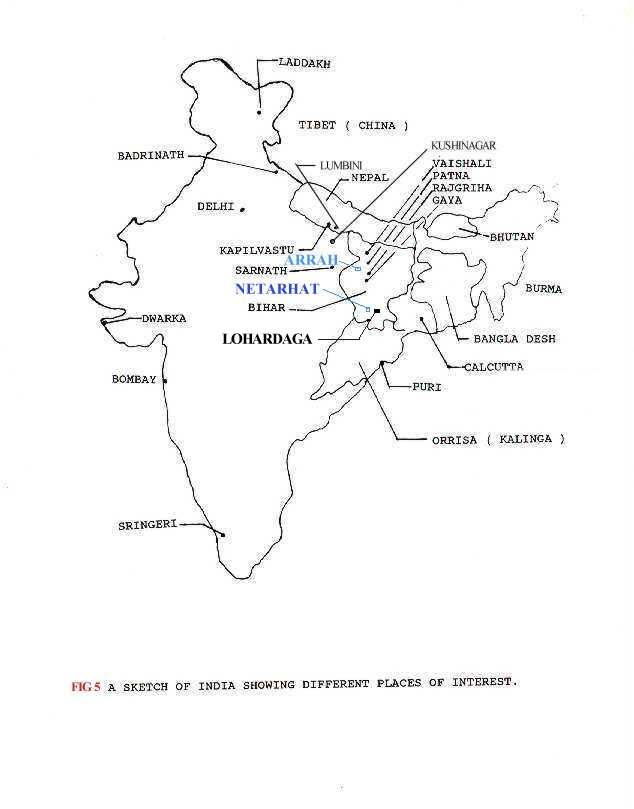
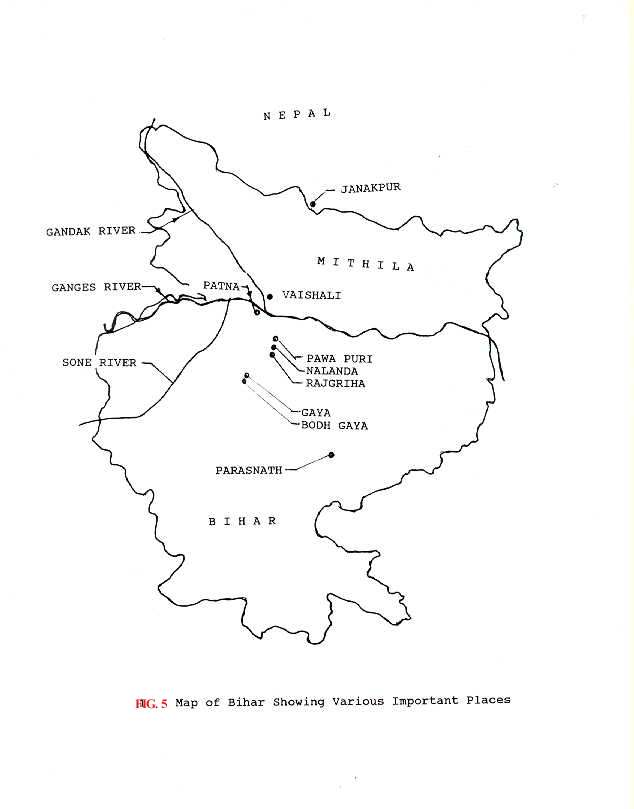
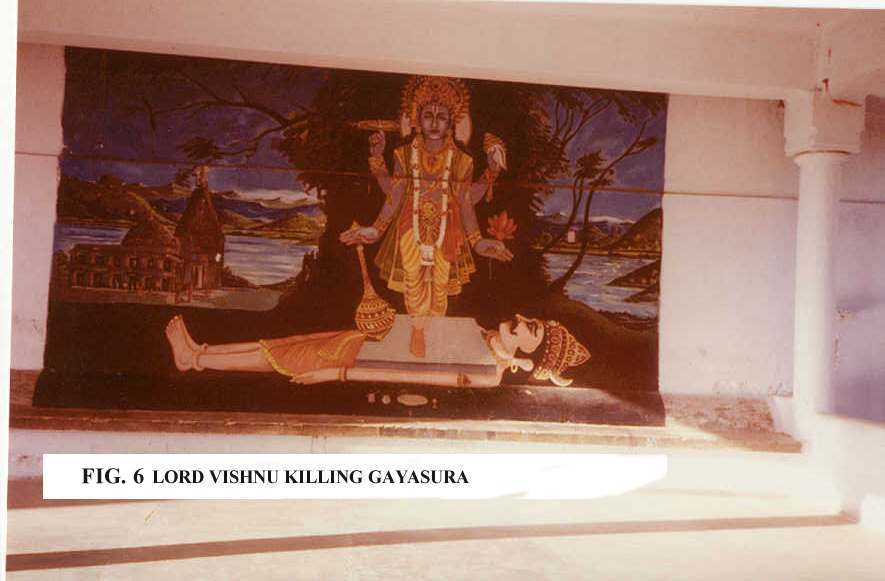
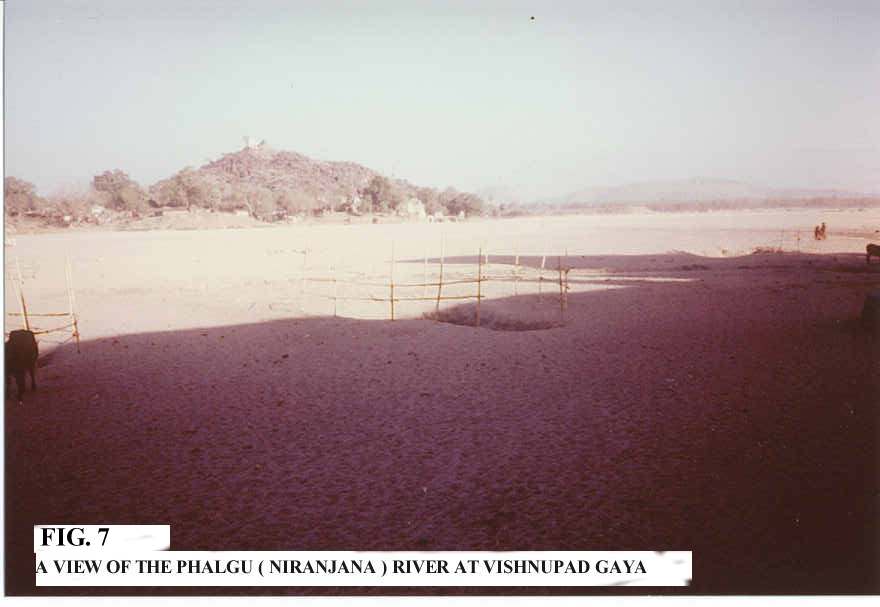
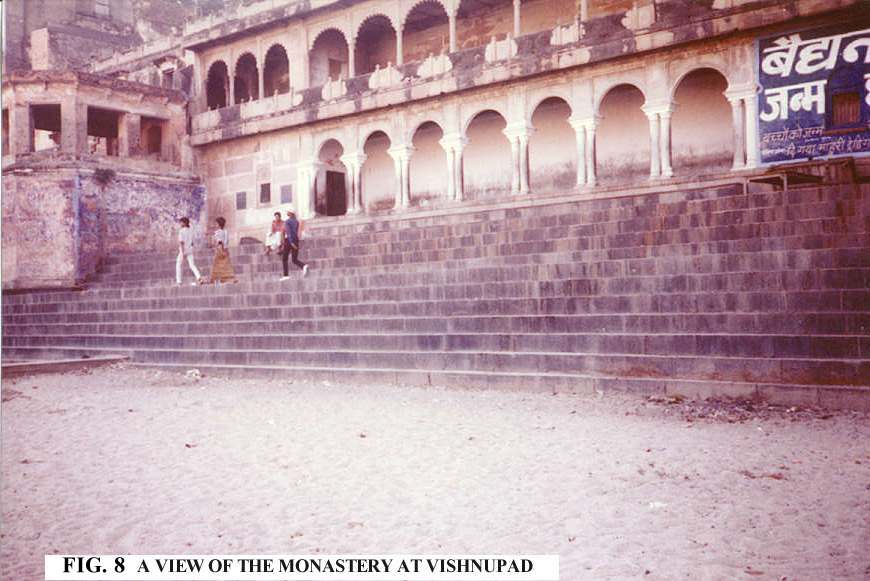
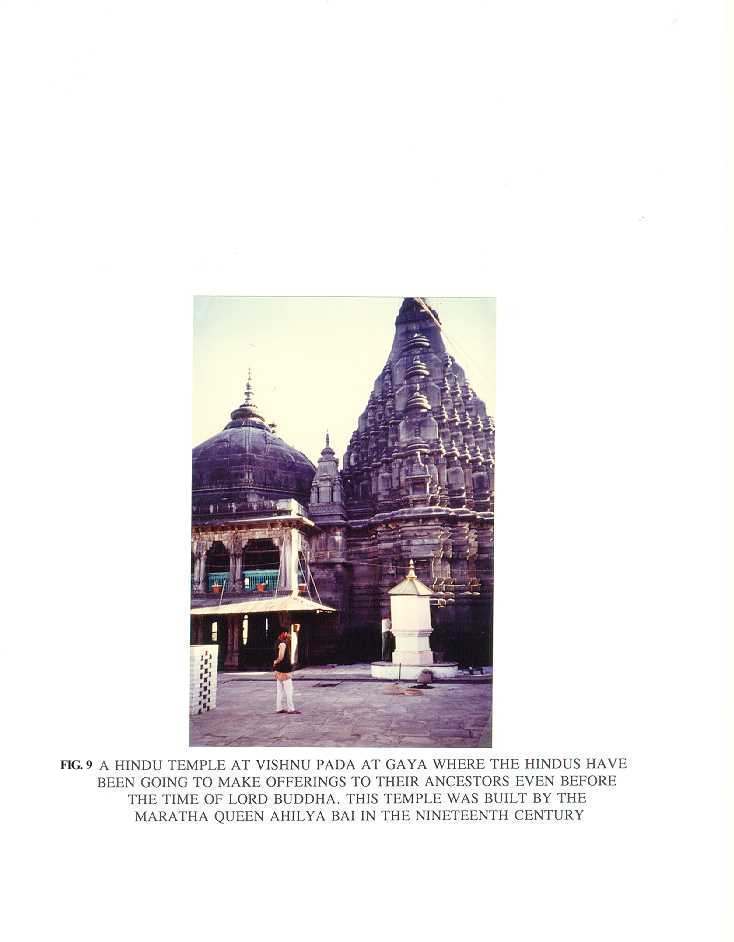
The Asuras had lived in India even during the Vedic days. The fact that the Asura, Banasura was invited to Sitajee
=s swamvar ( an occasion when the princess selected her own partner ) shows that the so called Aryans ( King Janaka ) got along well with the Asuras. Furthermore, the presence of Ravana, and Banasura ( lived near Arrah - shown in Fig. 4 ) indicates that people traveled far and wide even during those days.Bhima in the Mahabharata had killed the King of Magadha - Jarasandha at Rajgir ( Fig. 4 ), and Bakaasura , near Arrah. Rajgir was the first capital of India during its written history. Here, Lord Buddha had converted King Bimbisar on the Vulture Peak. A few scenes of Rajgir are shown in Figs. 10 to 12 .
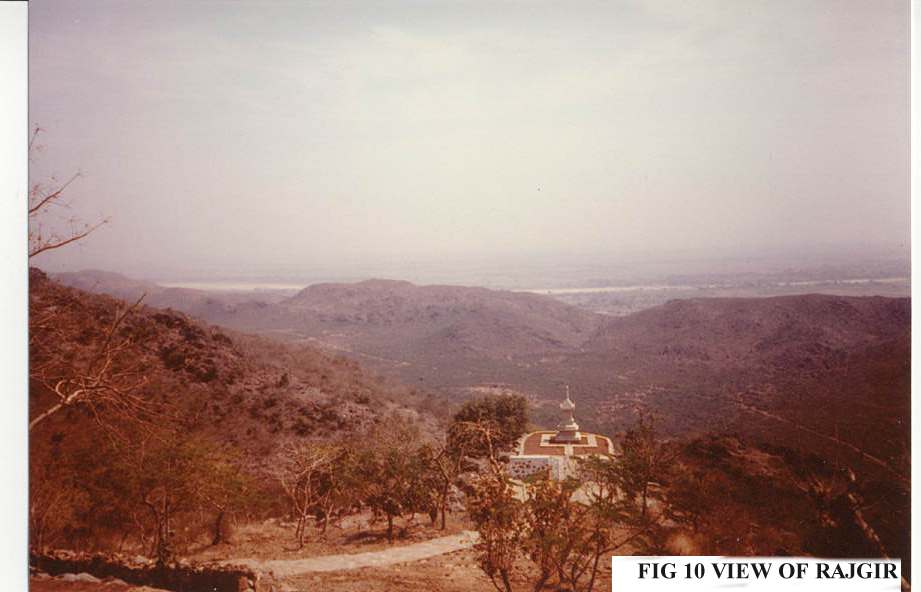
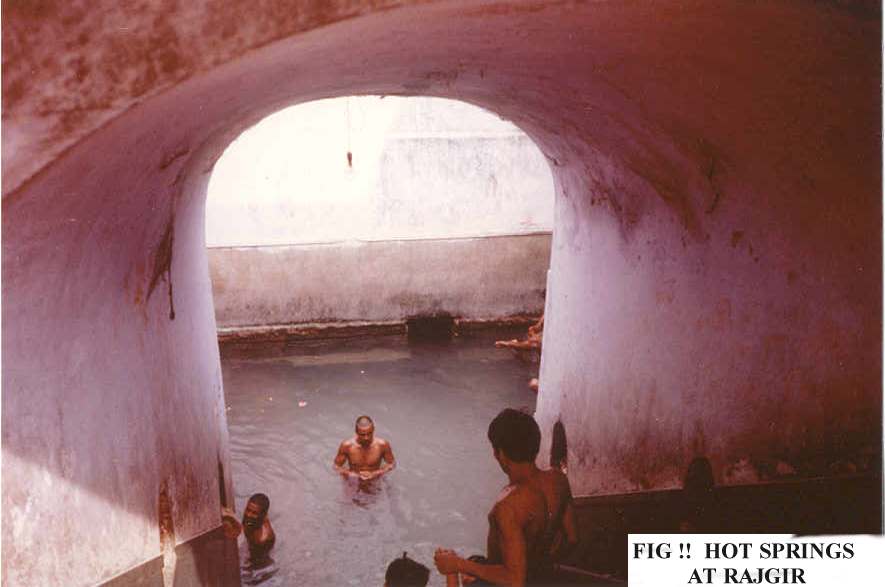
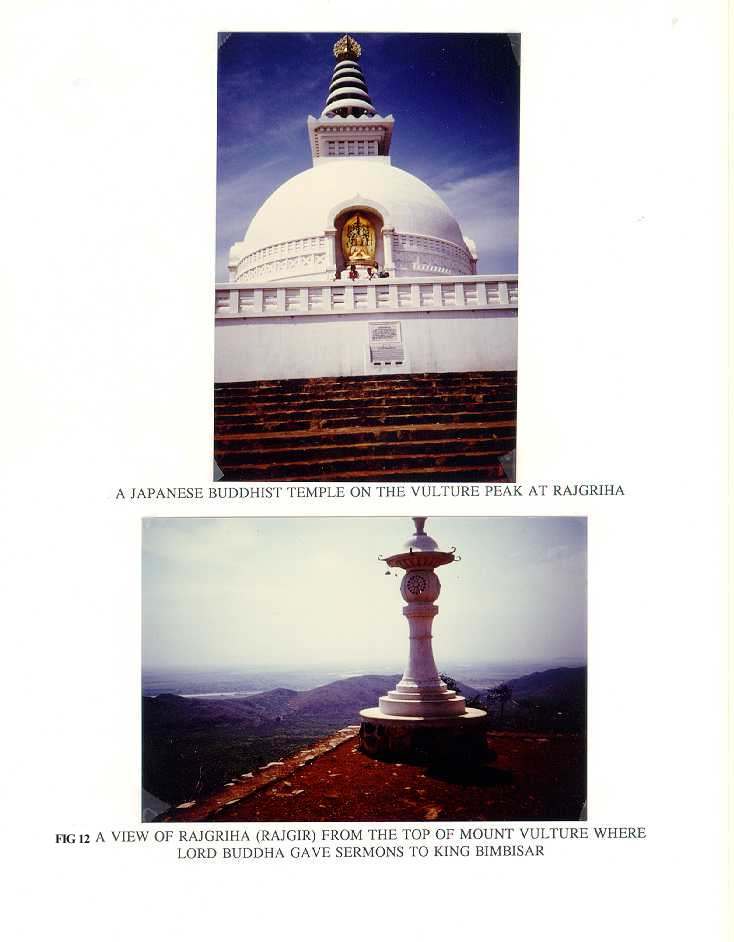
The presence of iron during Vedic , Ramayana, and Mahabharata days can be understood from looking at the Table 1
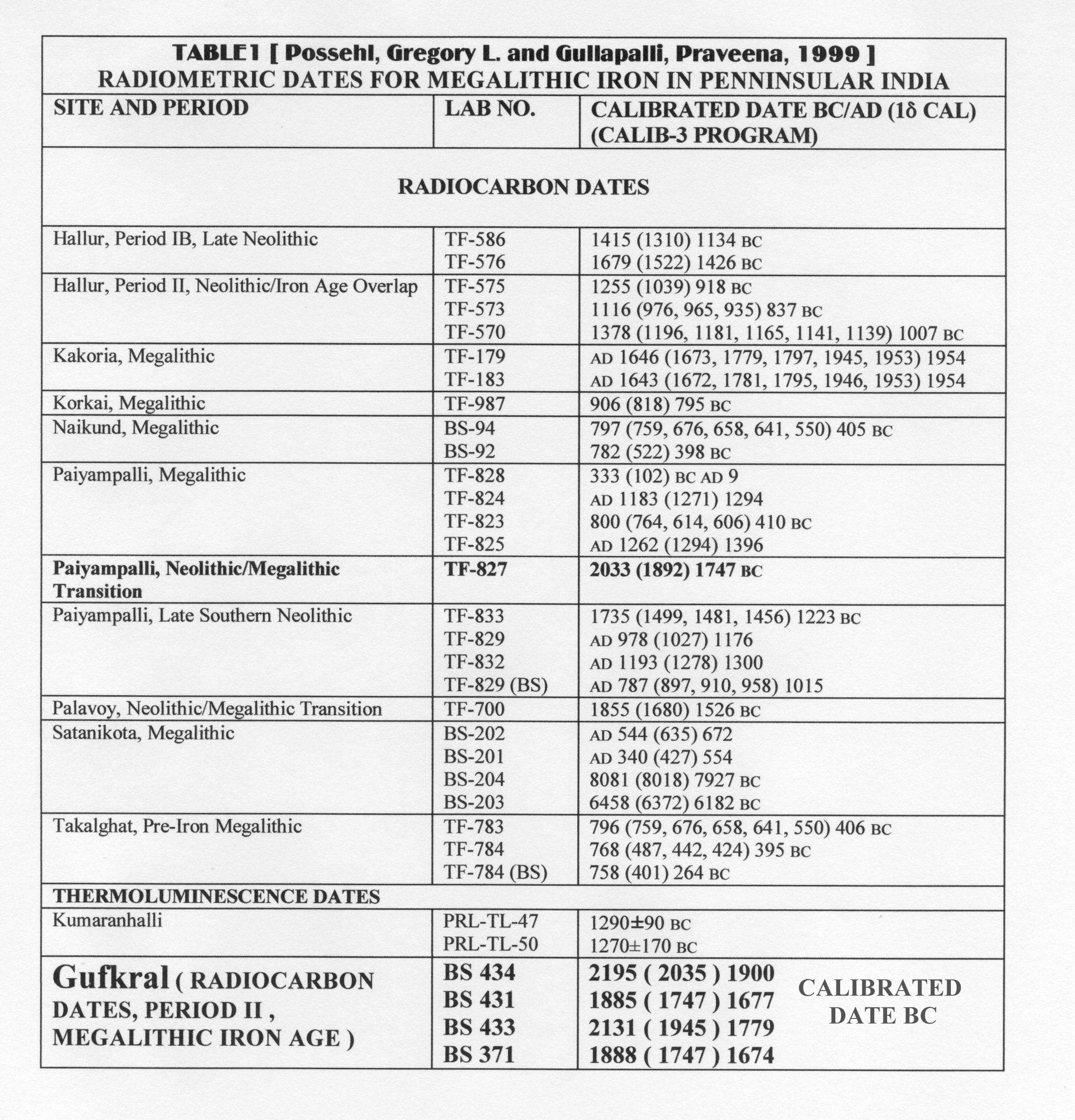
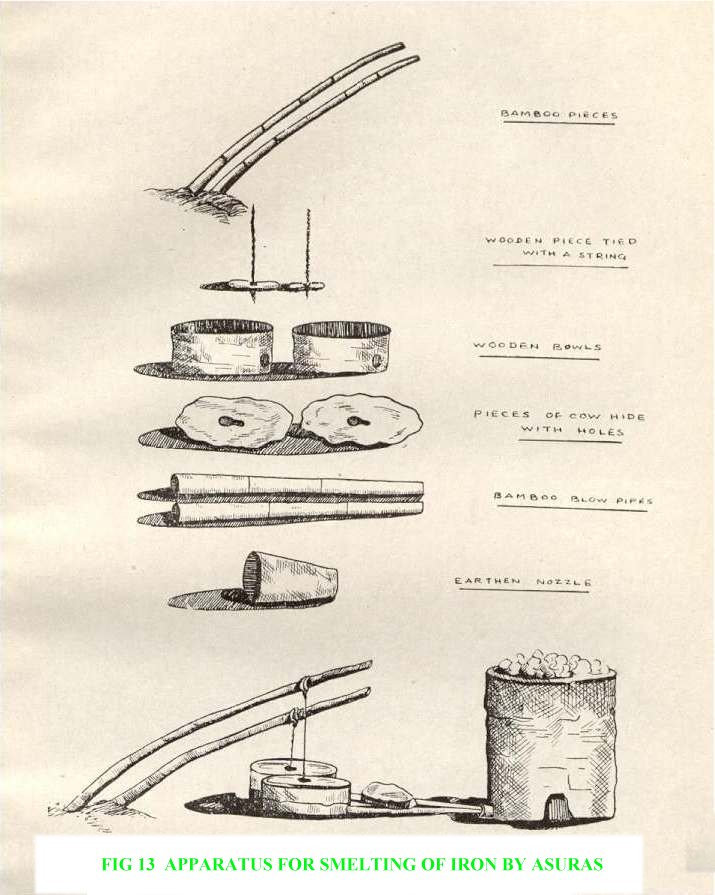
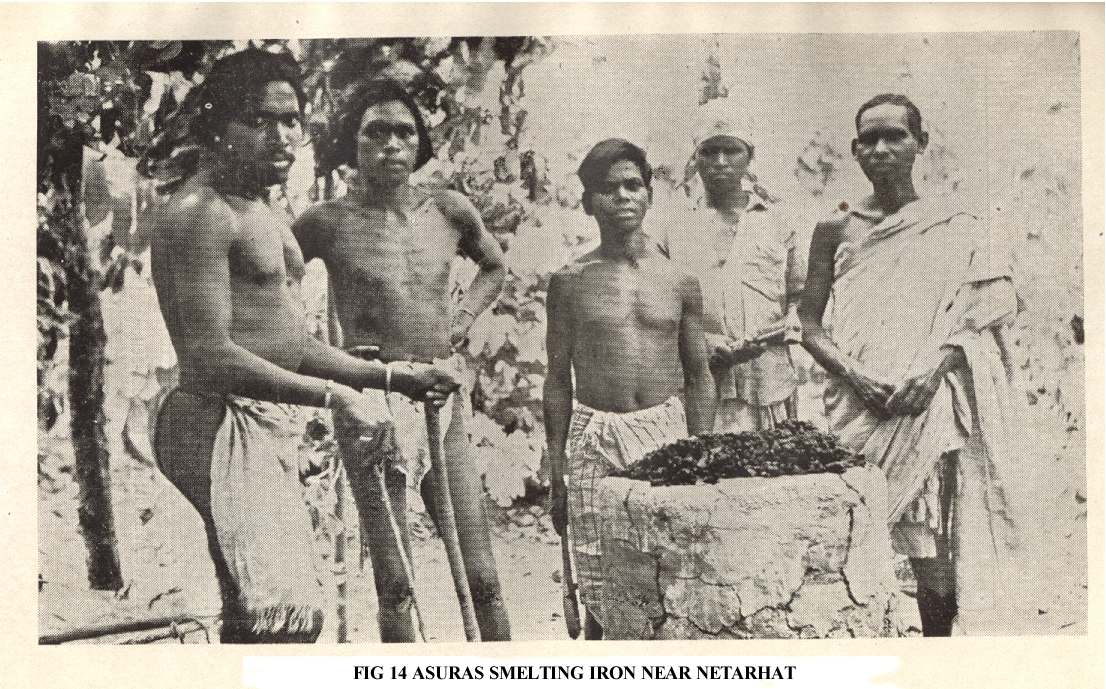
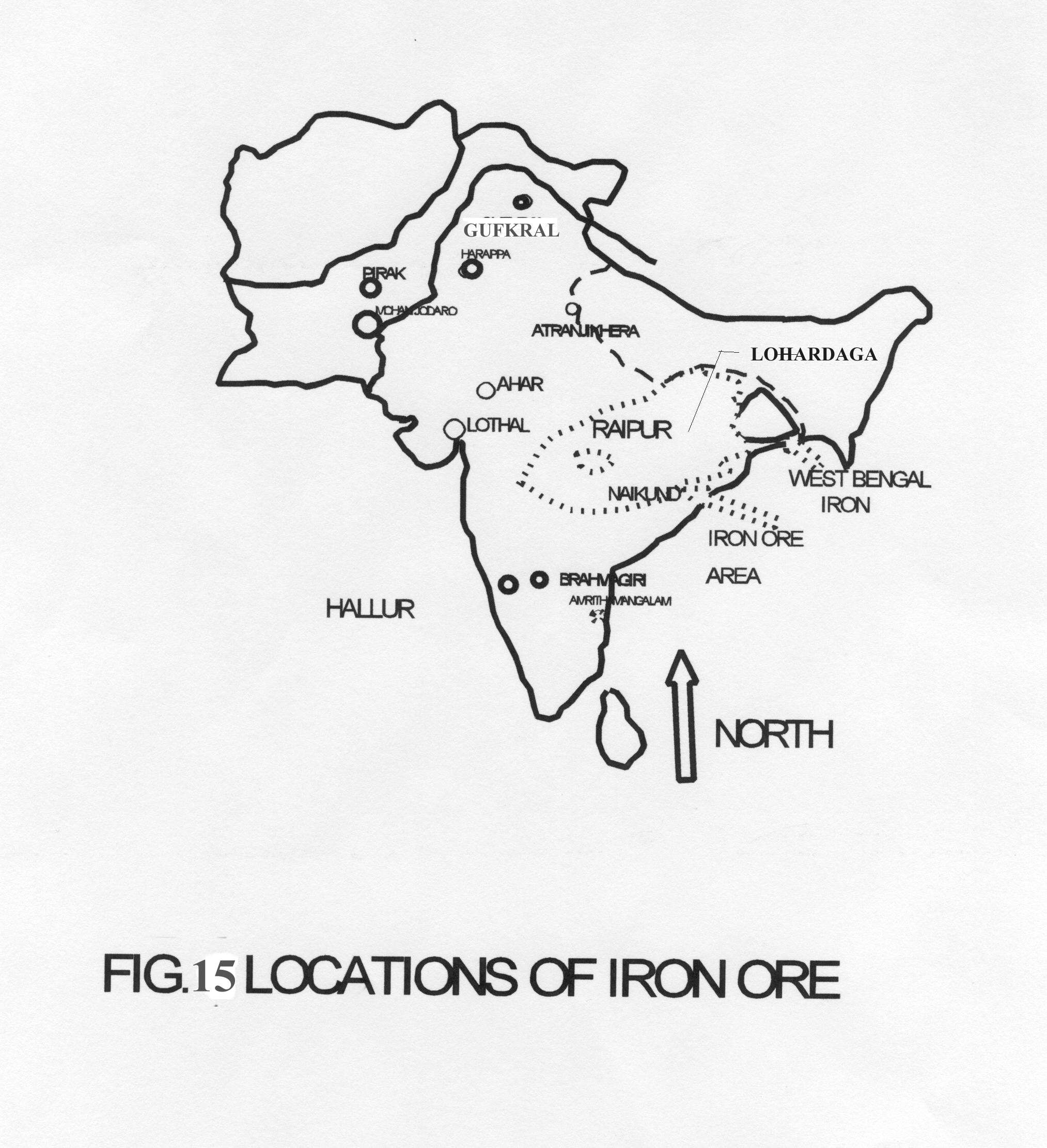
For how long has the iron smelting technology has been within India can be seen in the Table 1, and Fig. 15 . This figure shows Gufkral in the Kashmir Valley
where iron was smelted during the Megalithic Age - around 2000 BC. This area is close to the locations of the Harappan Civilization. The author of this paper mentions about iron smelting , later in the Gandhara area nearby . Biswas [1995 ] has identified three main areas where iron is known to be smelted since the ancient times. These areas are : ( 1 ) Atranjikhera ( Fig. 15 ) near Delhi or Aligarh ( Uttar Pradesh ) , ( 2 ) Singhbhum - Raipur areas where Asuras and Gond tribals live , and ( 3 ) Karnataka area where one can see places like Paiyampalli ( again Neolithic- Megalithic ) where iron was smelted .
.
It is believed that the expansion of the Magadha Empire was due to the source of iron nearby ( Baraaber Hills near Gaya - refer to Fig. 4 [ Wolpert ,1993]).
The Asuras of Netarhat belong to the group of the tribals of Central India where to-day , most of the Steel Plants ( roughly 90 % and above of steel production of India ) takes place. The Steel Plants are located at Bhilai near Raipur, Rourkela in Orrisa, Jamshedpur, Bokaro, and Burnpur. The ore for the plant at Durgapur ( West Bengal ) possibly is also obtained from this area only .
In can be reasonably be sure that iron technology within India was developed independent of those from outside, and that the Aryans did not bring this technology into India.
Other relevant literature can be seen in the references listed below.
Finally, the word
> ayas > included iron when mentioned in the scriptures.
REFERENCES
Banerjee, 1965
A Iron Age in India A, Munshiram Manoharlal, 54 Rani Jhansi Road, New Delhi, 55. IndiaBiswas, A.K., 1996" Minerals and Metals in India", D.K. Print World Ltd., Shree Kunj , F-52 Bali Nagar, New Delhi-15.
Joshi, N. R., 1998 ,
A Tough Steel of Ancient India A Revisiting Indus - Saraswati Age and Ancient India - A Waves AKosambi, D. D., 1965,
A The Culture and Civilization of Ancient India A, Routledge and Kegan Paul, London, U.K.Possehl, Gregory L. and Gullapalli, Praveena, 1999 ,
@ The Early Iron Age in South Asia A , In Pigott, Vincent, editor, The Archaeometallurgy of the Asian Old World. University Museum Monograph 89, MASCA Research Papers in Science and Archaeology Volume 16 , Philadelphia:The University Museum, University of Pennsylvania, pp. 153-175.
Wolpert, S. , 1993 ,
A A New History of India A , Oxford University Press, New York, Fourth Edition .